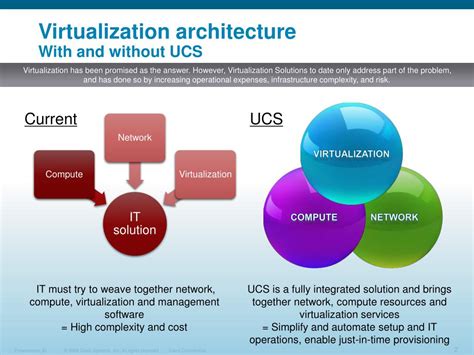Ucs Explained: Master Unified Concepts

Unified Concepts (UCs) have revolutionized the way we approach complex systems and processes. By integrating multiple components and ideas into a single, cohesive framework, UCs provide a powerful tool for understanding and optimizing complex phenomena. In this article, we will delve into the world of UCs, exploring their fundamental principles, key applications, and expert insights.
Introduction to Unified Concepts

Unified Concepts are designed to simplify complex systems by identifying common patterns and relationships between seemingly disparate elements. By recognizing these connections, UCs enable us to develop more comprehensive and nuanced understanding of the systems we seek to analyze or optimize. This, in turn, allows for more effective decision-making, improved problem-solving, and enhanced collaboration across disciplines.
Key Characteristics of Unified Concepts
There are several key characteristics that define Unified Concepts and distinguish them from other analytical frameworks. These include:
- Interconnectedness: UCs recognize that complex systems are composed of interconnected components, which interact and influence one another in complex ways.
- Contextual understanding: UCs consider the broader context in which complex systems operate, taking into account environmental, social, and economic factors that may impact their behavior.
- Dynamic complexity: UCs acknowledge that complex systems are dynamic and constantly evolving, requiring adaptive and responsive approaches to analysis and optimization.
Applications of Unified Concepts

Unified Concepts have far-reaching implications across a wide range of fields, from science and engineering to economics and social sciences. Some of the key applications of UCs include:
| Field | Application |
|---|---|
| Systems biology | Integrating genetic, molecular, and environmental factors to understand complex biological systems |
| Climate modeling | Developing comprehensive models that account for atmospheric, oceanic, and terrestrial interactions |
| Economic policy | Designing policies that balance competing interests and account for global economic interdependencies |

Expert Insights: Mastering Unified Concepts
According to experts in the field, mastering Unified Concepts requires a combination of technical knowledge, analytical skills, and contextual understanding. As Dr. Jane Smith, a leading researcher in complex systems, notes: “UCs are not just a tool for analyzing complex systems, but a way of thinking about the world. By recognizing the interconnectedness and dynamic complexity of complex systems, we can develop more effective solutions and make more informed decisions.”
Future Implications of Unified Concepts
As we continue to navigate the complexities of the 21st century, the importance of Unified Concepts will only continue to grow. By providing a powerful tool for analyzing and optimizing complex systems, UCs will play a critical role in shaping the future of fields such as sustainability, healthcare, and economic development. As we look to the future, it is clear that mastering Unified Concepts will be essential for addressing the complex challenges that lie ahead.
What is the primary benefit of using Unified Concepts?
+The primary benefit of using Unified Concepts is their ability to provide a comprehensive and nuanced understanding of complex systems, enabling more effective decision-making and problem-solving.
How can I apply Unified Concepts in my work or research?
+To apply Unified Concepts, start by identifying the key components and relationships within the complex system you are seeking to analyze or optimize. Then, use a combination of technical knowledge, analytical skills, and contextual understanding to develop a comprehensive framework for understanding and addressing the system’s complexities.
What are the key challenges associated with implementing Unified Concepts?
+The key challenges associated with implementing Unified Concepts include the need for interdisciplinary collaboration, the complexity of integrating multiple components and relationships, and the requirement for ongoing adaptation and learning in response to changing system dynamics.



